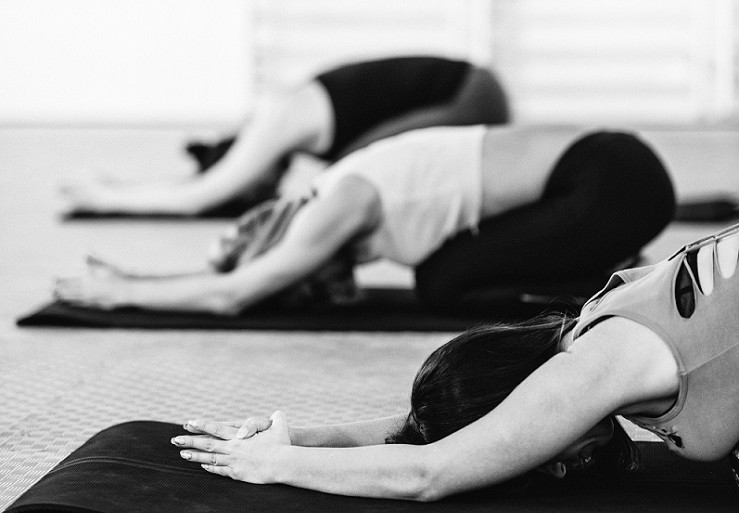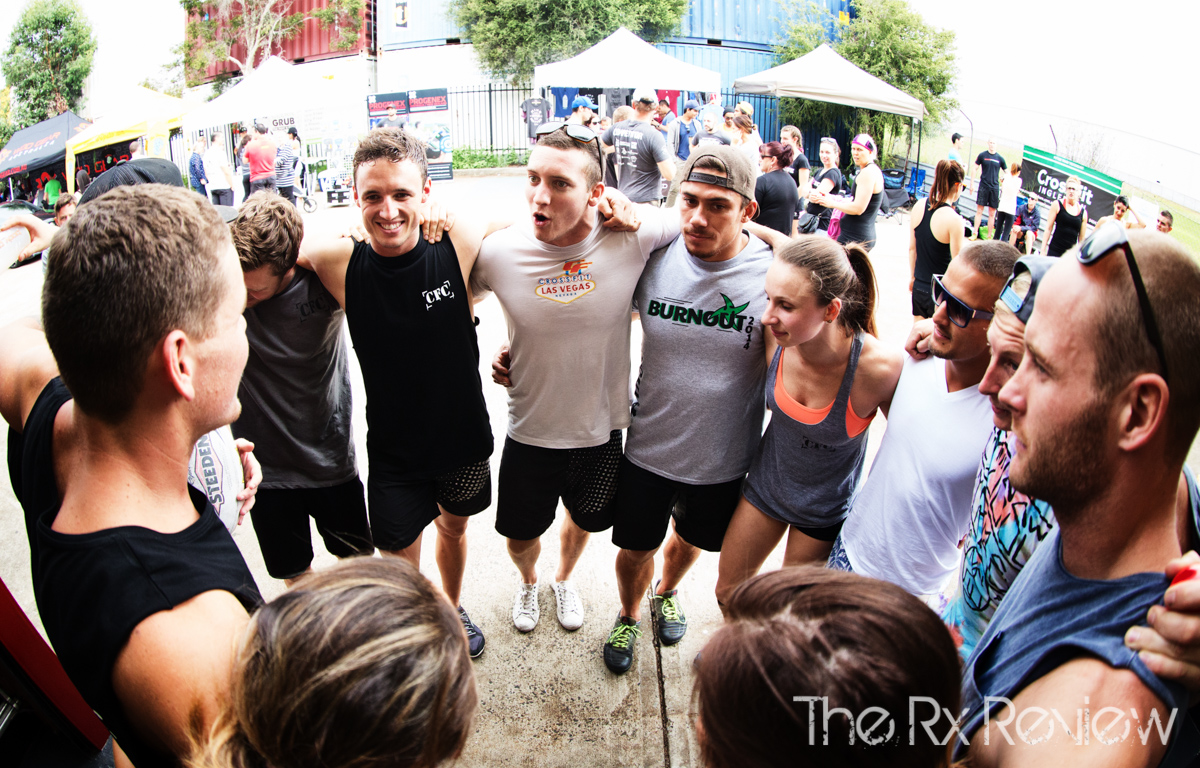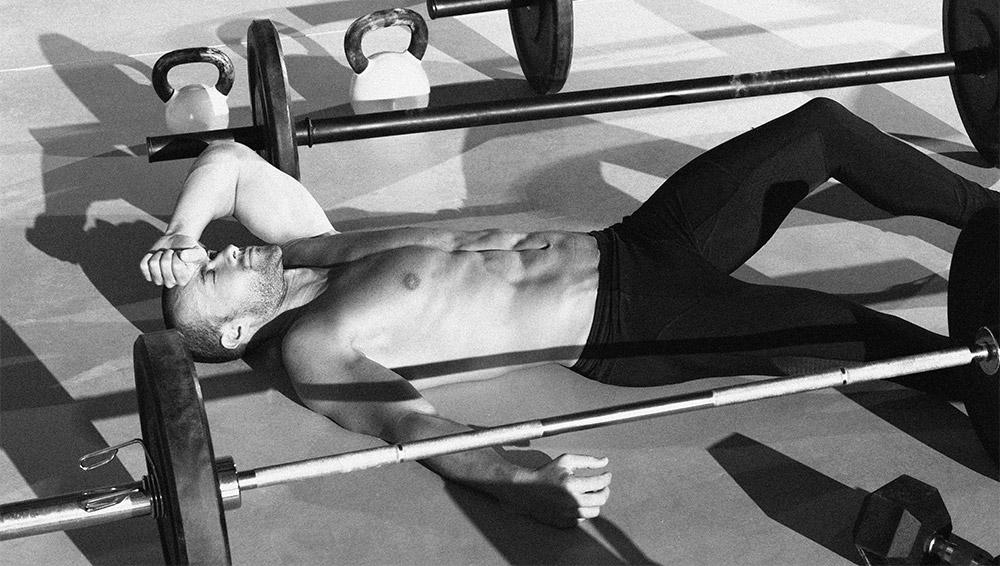
Age-related muscle loss affects almost everyone. Muscle loss may be as high as 5 percent per decade beyond age 30, and over time, that really adds up. Diminished muscle mass has some obvious appearance and self-image consequences. Just as importantly, sarcopenia increases the odds of a fall or other such accident, and also makes recovering from such injuries more difficult.
This condition has no ‘cure’, but Pilates, in combination with some other strength exercises, helps people not only retain existing muscle mass as they age, but also develop their bodies.
Pilates and Muscle Mass Buildup
Pilates will not turn you into a bodybuilder, but that should not be the goal. Instead, Pilates both strengthens muscles and makes other forms of strength exercise even more effective.
Many people prefer slower-paced Pilates classes that focus more on stretching and emotional balance. There is absolutely nothing wrong with that, because those are the primary benefits of Pilates. However, if your fitness goals involve expanding muscle mass, such a class may not be the best fit.
There are a number of classes that focus on other fitness areas, including muscle development, specifically in the abs and body core. Other exercises focus on the arms and shoulders. Results usually come fairly quickly. Most people have better muscle tone, and improved endurance, after just a few weeks of such classes. These changes are both an end to themselves, and a means to an end.
Improved muscle tone usually gives Pilates practitioners an improved self-image and also helps with things like balance and everyday endurance. Uneven steps are easier to navigate, and you will not run out of strength before you run out of things to do. Moreover, better muscle tone helps people avoid injury while weightlifting. Finally, Pilates is a great introduction to strength training for people who have never lifted weights before.
Supplementing Pilates
Pilates strength training often plateaus fairly quickly, because it is almost impossible to incorporate progressive resistance into Pilates, and that’s one of the core concepts behind strength training. True, you can wear ankle or wrist weights to somewhat increase resistance, but this measure only takes you so far.
So, a weightlifting routine should supplement your Pilates classes, if increasing muscle mass is one of your primary fitness goals. You should reassess these goals before embarking on a weightlifting routine, because it will take a lot more work to look like a model in a fitness magazine than it will take to avoid falls at work.
Most people should do about four sets of between eight and twelve lifts per set. For your first time with a new exercise, start with the lowest possible amount of weight, do a few reps, and then add weight until lifting becomes just slightly uncomfortable. During your reps, aim for about a 60 percent or 80 percent exertion rate. At 60 percent, most women breath heavily but can speak normally; at 80 percent, it’s only possible to say a few brief words with significant difficulty.
In addition to Pilates, try some other non-lifting exercises to improve your endurance and reduce the risk of injury. Forearm strengthening, for example, can be done with simple tools like hand grippers. The benefits of grippers include being very easy to work out with while watching TV, listening to music, or talking with friends. As an added bonus, if you have issues with a twisting or gripping motion, perhaps due to arthritis, gripping exercises can help address this problem.
Pilates in and of itself will probably not help you build muscle mass to the extent necessary to take on sarcopenia. But without Pilates, your weightlifting program will not be nearly as effective. So, the two go together.


















Follow Us